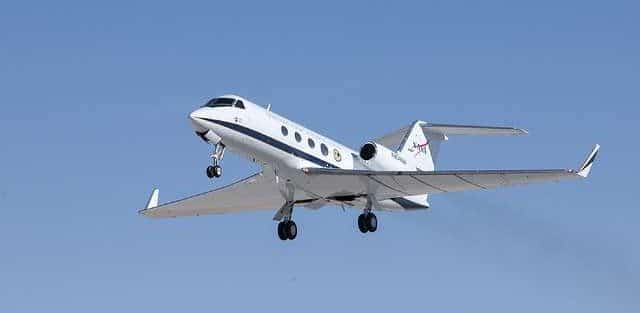Knots True Airspeed (KTAS)

KTAS is the acronym for true airspeed of an airplane charter measured in knots. The measurement is calculated using the speed of the airplane charter relative to the airmass that it flies through. The KTAS (knots true airspeed) is very important for accurate navigation of an aircraft. As long as no external air forces are present, the true airspeed is equal to the ground speed of the aircraft. Knots true airspeed is the true measure of an aircraft’s performance while in cruise. Therefore, this is the speed used in:
- Aircraft specifications and manuals
- Performance comparisons and measurements
- Pilot reports
- Flight plans
Calculating Knots True Airspeed
There are various different ways to calculate knots true airspeed. During low-speed and low-altitude flight, the KTAS can be found using equivalent airspeed and air density. During high-speed flight, the KTAS can be found by determining the Mach number and static air temperature. It’s important to remember that the static air temperature must be stated in kelvins. Electronic flight instrument systems (EFIS) can assist in high-speed calculations since they contain data regarding impact pressure, static pressure, and total air temperature. In simple aircraft that don’t contain an EFIS, KTAS can be found as a function of local air density and calibrated airspeed.
KTAS is the acronym for true airspeed of an airplane charter measured in knots. The measurement is calculated using the speed of the airplane charter relative to the airmass that it flies through. The KTAS (knots true airspeed) is very important for accurate navigation of an aircraft. As long as no external air forces are present, the true airspeed is equal to the ground speed of the aircraft. Knots true airspeed is the true measure of an aircraft’s performance while in cruise. Therefore, this is the speed used in:
- Aircraft specifications and manuals
- Performance comparisons and measurements
- Pilot reports
- Flight plans
Calculating Knots True Airspeed
There are various different ways to calculate knots true airspeed. During low-speed and low-altitude flight, the KTAS can be found using equivalent airspeed and air density. During high-speed flight, the KTAS can be found by determining the Mach number and static air temperature. It’s important to remember that the static air temperature must be stated in kelvins. Electronic flight instrument systems (EFIS) can assist in high-speed calculations since they contain data regarding impact pressure, static pressure, and total air temperature. In simple aircraft that don’t contain an EFIS, KTAS can be found as a function of local air density and calibrated airspeed.








